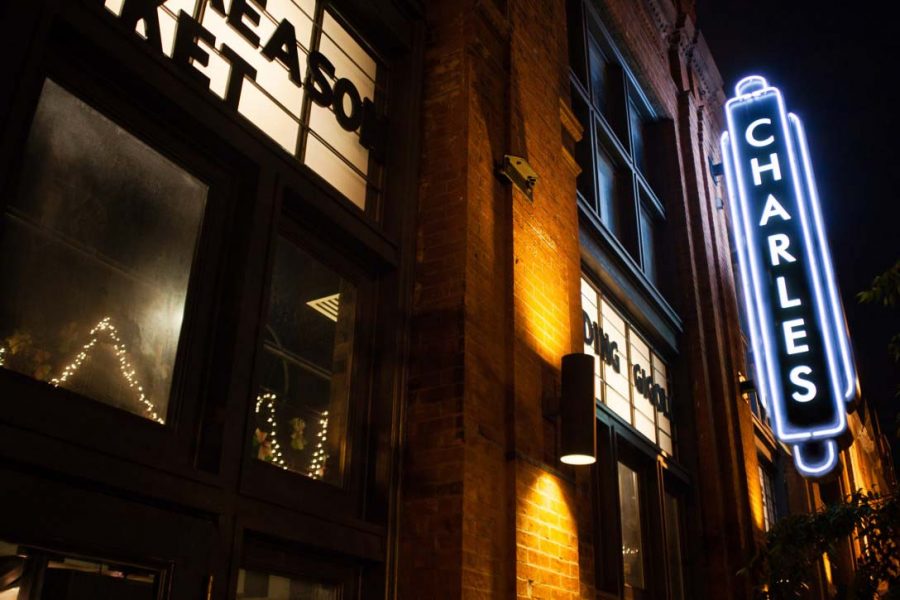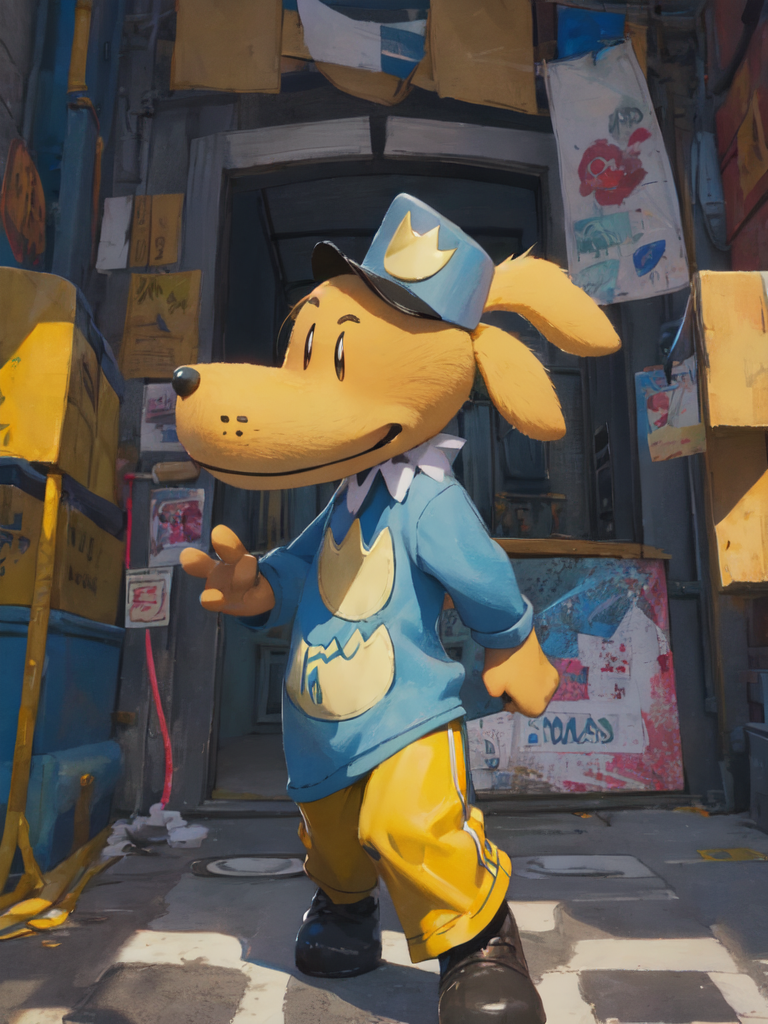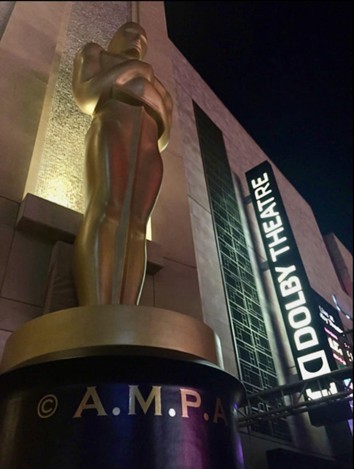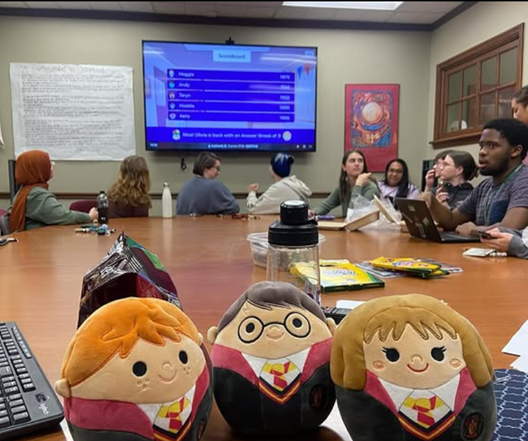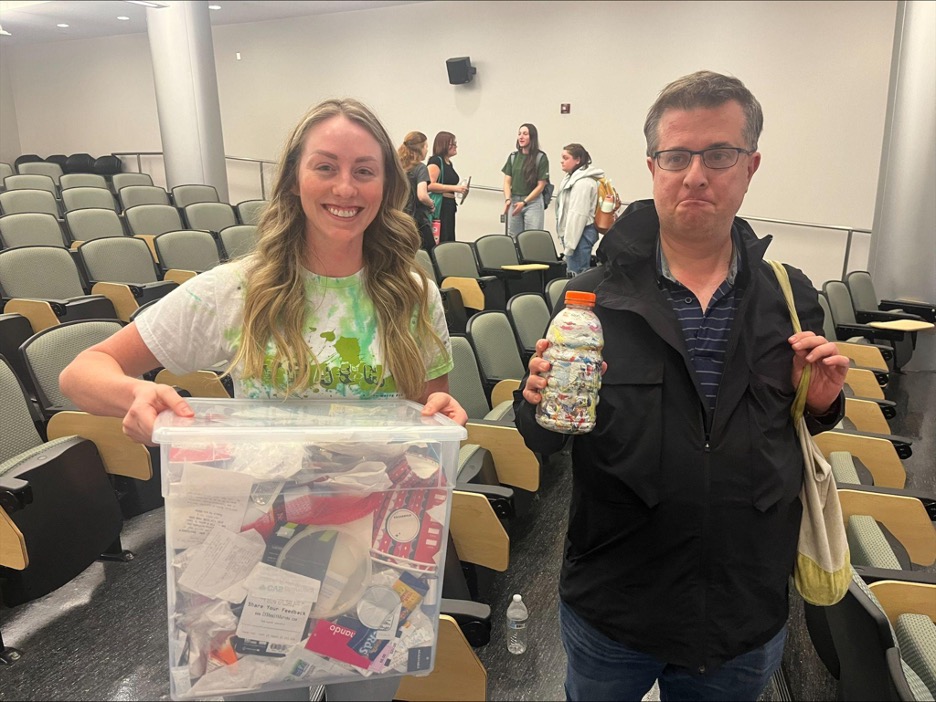The Charles Theatre just sent out their schedule, and it’s another good one this season. Here’s a preview of what’s coming up:
Hurley’s Centennial: This short film night features former-Disney-man John Hubley’s animation from the 1950s until his death in 1977, showing off the breadth of Hubley’s career all at once.
Laura: This is one of the standards of the film noir genres.Will there be a thick atmosphere of grayscale-drenched genre standards and idioms? Hell yeah, there will be.
Female Trouble: Female Trouble is one of Baltimore-born and based director John Waters’ earlier works, and the Pope of Trash does not disappoint. Go-go dancing, a healthy questioning of what is acceptable, and of course the famous drag queen Divine in the lead. You’ll feel a little dirty afterwards, but that’s the point.
Le jour se leve: One of Marcel Carne’s classically categorized works of French Poetic Realism, this 1939 film deals with a tense standoff between killer and police through a broken narrative.
Rome, Open City: This barebones budget drama was shot in Rome while Nazis still wandered the streets. The “open city” label refers to the political moment in which a controlling power declares its inability to defend a certain area, which Rome was declared in 1944.
To Be or Not to Be: This early World War II slapstick comedy plays on hopes and fears of the upcoming war in a way that most films did not do until the post-war era. It’s amazing Ernst Lubitsch, a major figure in Yiddish cinema, was able to laugh at the Nazis in 1939.
Hiroshima Mon Amour: If I had a writer’s choice, this would be it. Hiroshima, Mon Amour is a quasi-documentary, and seminal part of the French New Wave. This movement was influenced by both the Poetic Realism of Daybreak and the Neorealism of Open City.
The Night of the Hunter: Night of the Hunter is one of those oft-cited-but-never-seen movies. Apparently it’s one of the scariest movies ever made, with Robert Mitchum playing the part of a West Viriginian Reverend turned serial killer.
The Best Years of Our Lives: Featuring the camerawork of Gregg Toland of Citizen Kane fame, this film takes a realistic look at life after World War II that still remains effective today.
Detour: A mid-1940s noir thriller whose rushed production paired with a censor-fixed ending makes Detour the kind of movie neo-noir filmmakers aspire to make
Out of the Blue: Counterculture antihero Dennis Hopper made this an overlooked work of art. This is one that most film critics recommend but no one takes the time to see. Even The Charles is only giving it one showing, so you’d better not miss out.
A Canterbury Tale: Someone at The Charles is big into the film of World War II. A Canterbury Tale retains some themes from its namesake literary masterpiece, and anything described as “morally weird but forever English” has got to be worth it.
Burroughs, the Movie: Drugs, literature and a noontime meal in the buff. Originally a student film, Howard Brookner takes an in-depth look at the hard-lived life of an American literary giant.
Point Blank: Cool guy Walker is about as cool as it gets when it comes to wielding a gun, tracking people down and killing them. This stark neo-noir might lose out in a necessary self-awareness, but makes up for it with smoothing over those rough patches with Booman’s one-off fling with elements of the French New Wave.
Rope: Hitchcock’s attempt at making a movie without any cuts. Once you get beyond that neat bit however, Rope isn’t really one of the Master of Suspense’s best. It’s dead center in the middle of a slump between Notorious and Strangers on a Train, but any ardent Hitchcock fans are sure to be pleased.
(photo via)








































































































